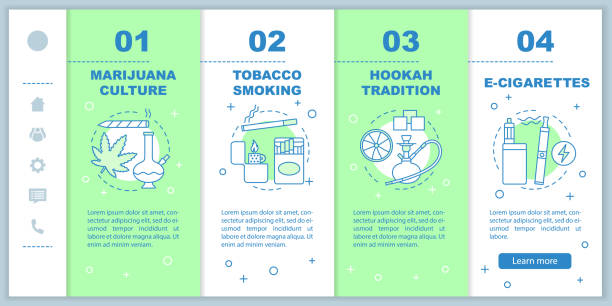Sustainability has become a buzzword of the 21st Century. Both industries and individuals are becoming more aware of sustainability goals, from transportation to fashion.
Commercial cleaners are changing to more sustainable, environmentally friendly, and socially responsible methods. Many well-known names in the industry have moved or are already moving towards more sustainable services.
What does “sustainable” mean, and how does this relate to cleaning? We dive into more details below.
What is sustainability?
Sustainability is about meeting the current needs of the world without compromising the ability of future generations to do the same. It means maintaining the balance between natural, economic, and social resources, regardless of whether you are a consumer, producer, or provider of goods and services.
Social equity is also a part of sustainability, and it relates to the distribution of resources.
Sustainability is a concept that has three pillars. These are economic, environmental, and social sustainability.
Economic sustainability. The economic aspect of sustainability is all about maintaining and promoting independence. Every community has access to resources that will meet its needs. Financial sustainability is also based on stable livelihoods.
Environmental sustainability. When people think about sustainability, they tend to think of ecological preservation and protection. This is probably the easiest pillar to understand, as most people are already aware of the importance of maintaining environmental integrity.
Social sustainability. The pillar of social sustainability is universal human rights. It ensures that the basic needs are met so that communities maintain their health and safety. Social sustainability is also concerned with the protection of rights, such as cultural, labor, and personal, against discrimination.
What is Sustainable Cleaning?
According to the definitions and concepts above, sustainable cleaning is defined as cleaning habits and methods that are both good for people and the environment. The methods and habits can be used on a small or large scale so that individuals as well as businesses can practice them.
Some examples of sustainable cleaning habits and practices include:
Switching from conventional cleaning products to more environmentally friendly and sustainable ones can be overwhelming. The opposite is true. Finding safe, environmentally friendly cleaners is easier than ever. It’s important to know what you should look for.
Don’t let words like “all-natural” or “organic” lead you astray. These words are not regulated, and some manufacturers use them to “bait” consumers.
Check the list of ingredients. The products that are made sustainably and green do not contain volatile organic compounds (VOCs). VOCs are found in many household cleaners and products, including benzene.
Aim for efficiency. Sustainable cleaning is about preventing the waste of water and cleaning products, as well as time, energy, and money. It means that you should aim for efficiency when cleaning. For efficient and sustainable cleaning, use the recommended amount of cleaning product as specified on the label. It is best to clean from the top down, as you will only need to do this once to get a thorough cleaning.
Conserve as much water as possible. Water is often used for commercial cleaning, especially specialized services like deep cleaning. Ask commercial cleaners about their tools if you are working with them. The technology has led to the development of equipment that saves water, such as low-moisture vacuums. It’s great if your commercial cleaner already uses these tools. If you don’t, either find another company that does or encourage the one you have to switch.
You can use reusable flat mops and brooms for regular maintenance in your home or office instead of wet mopping. Please turn on your dishwasher, but only when it is full.
Using microfibre. Paper towels are a convenient way to clean. The amount of paper used in this method is not eco-friendly or sustainable.
This problem can be solved by using recycled fabrics as rags. Use microfibres to clean and wipe surfaces. The fibers of the fabric are designed to be effective at removing dirt and dust.
The microfibre can be washed, which helps reduce waste. You can also use it more than once before washing it if it’s only used for dusting. No special cleaner is needed to remove stubborn dirt. To clean up most messes, you can dampen the microfibre with water.
Sustainability and sustainable cleaning, in general, are not a fad. It is an important practice and principle that will ensure the survival of future generations and their quality of life.
It’s time to start using sustainable cleaning in your cleaning system or service. It is one of the few cases where everyone benefits: business owners, private citizens, and our planet.

